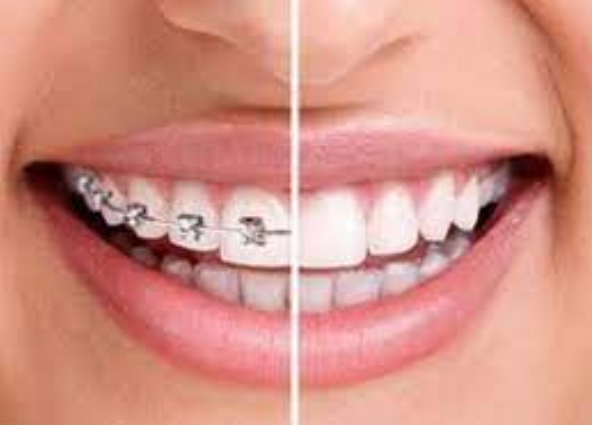
Orthodontic treatment is a way of straightening or moving teeth to improve the way they look and work. By distributing the pressure of the bite to all the teeth through orthodontic treatment, it also helps to maintain the long-term health of the teeth, gums and jaw joints. The length of treatment varies depending on the severity of the problem, with some taking a few months and others two and a half years. Most people can be cured in a year or two. It is therefore of great clinical importance to explore safe and effective adjunctive interventions to accelerate orthodontic tooth movement, achieve treatment goals in as short a time as possible and achieve a healthy, functional, stable and aesthetically pleasing bite, which is a common pursuit for orthodontists and patients alike. In recent years, low-level lasers have gradually gained the attention of orthodontists due to their safety and lack of side effects as well as their simplicity, convenience and comfort.
Low-level lasers are lasers that do not cause irreversible damage to biological tissues and do not cause a significant increase in local temperature, and have a spectral range of 600-1000 nm (infrared and near-infrared light), a power density of 5 mW/cm 2 -5W/cm 2 , an energy of 1mW-10W, an action time of 30s-60s per site and a number of sites of 1-15. 1-15. The low-level laser has a range of biomodulatory or biostimulatory effects on cells and tissues, including reducing inflammation, oedema and chronic joint disorders; accelerating soft tissue and bone tissue repair to promote wound and nerve healing; promoting hair growth; relieving pain and much more.
PIOON S3 dental diode laser 650nm can be adjusted to 0.1-0.5 watts and irradiated evenly over the surface of the lesion for 15-20 seconds, repeating the procedure 2 to 3 times until the patient is pain-free. Large lesions are treated continuously at intervals of 24 to 48 hours. This method is called LLLT (low-level laser therapy).
In addition, LLLT has a pain-relieving effect by reducing the release of arachidonic acid, which reduces prostaglandin E2 levels in the body; by inducing the release of the endogenous opioid neuropeptide beta-endorphin, which exerts a potent analgesic effect; and by stabilising the cell membrane potential, which blocks the activation and transmission of pain-related signals. This shows that LLLT is a promising non-invasive adjunctive intervention for accelerating orthodontic tooth movement.